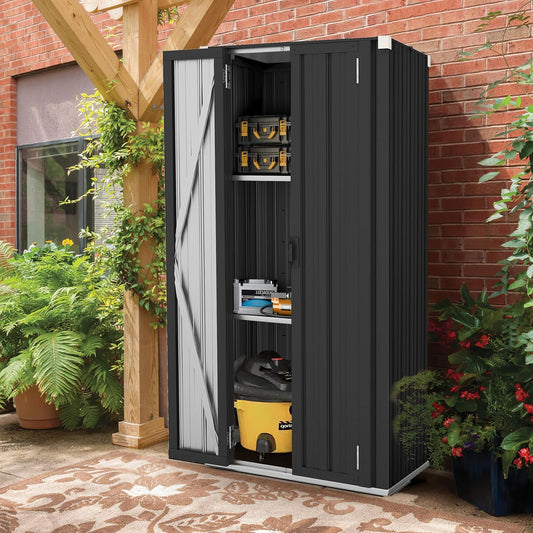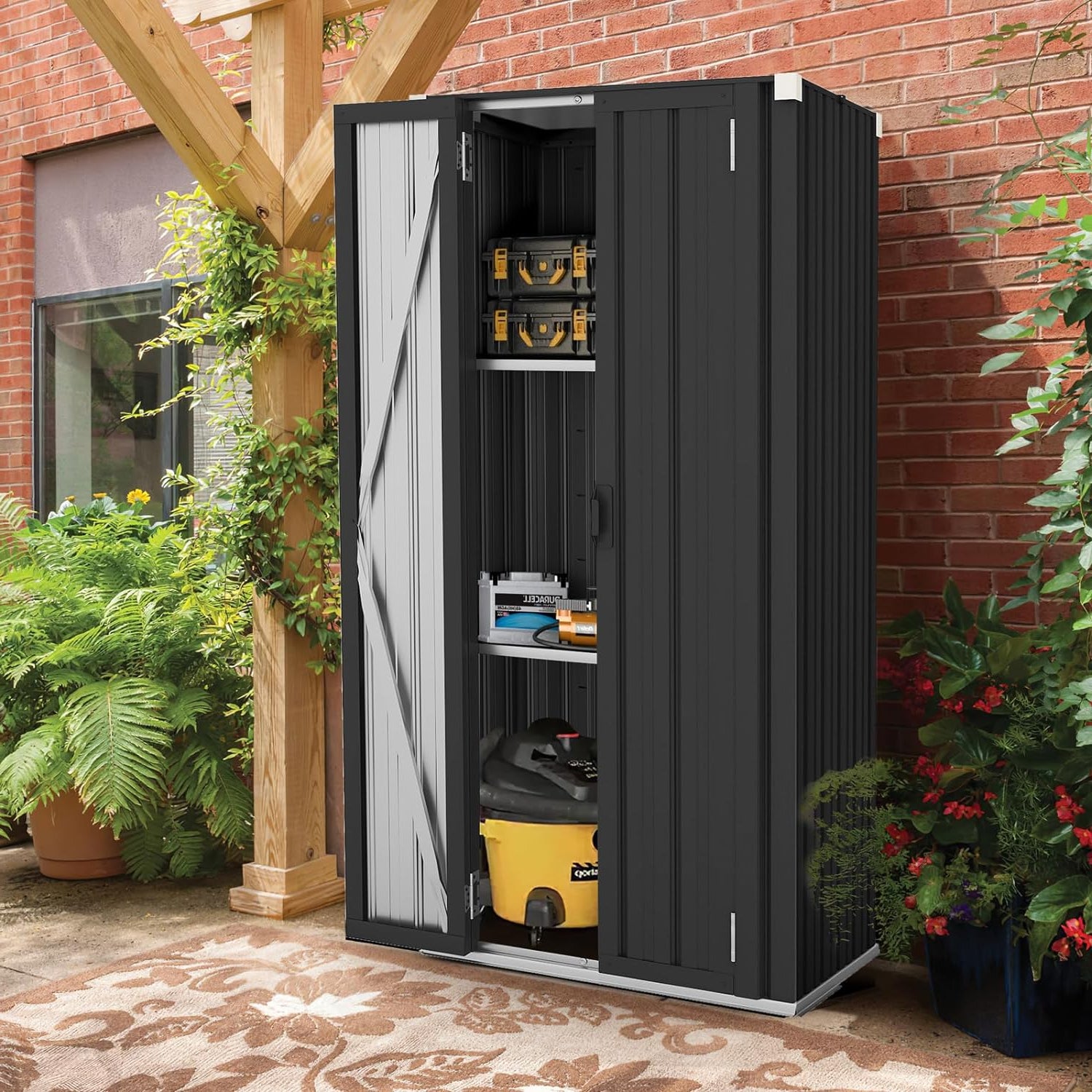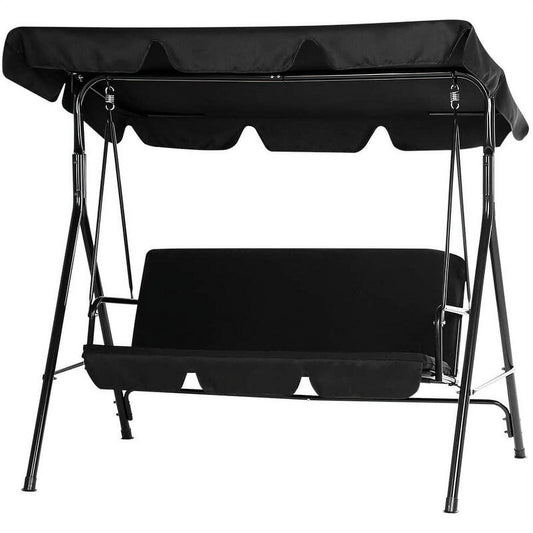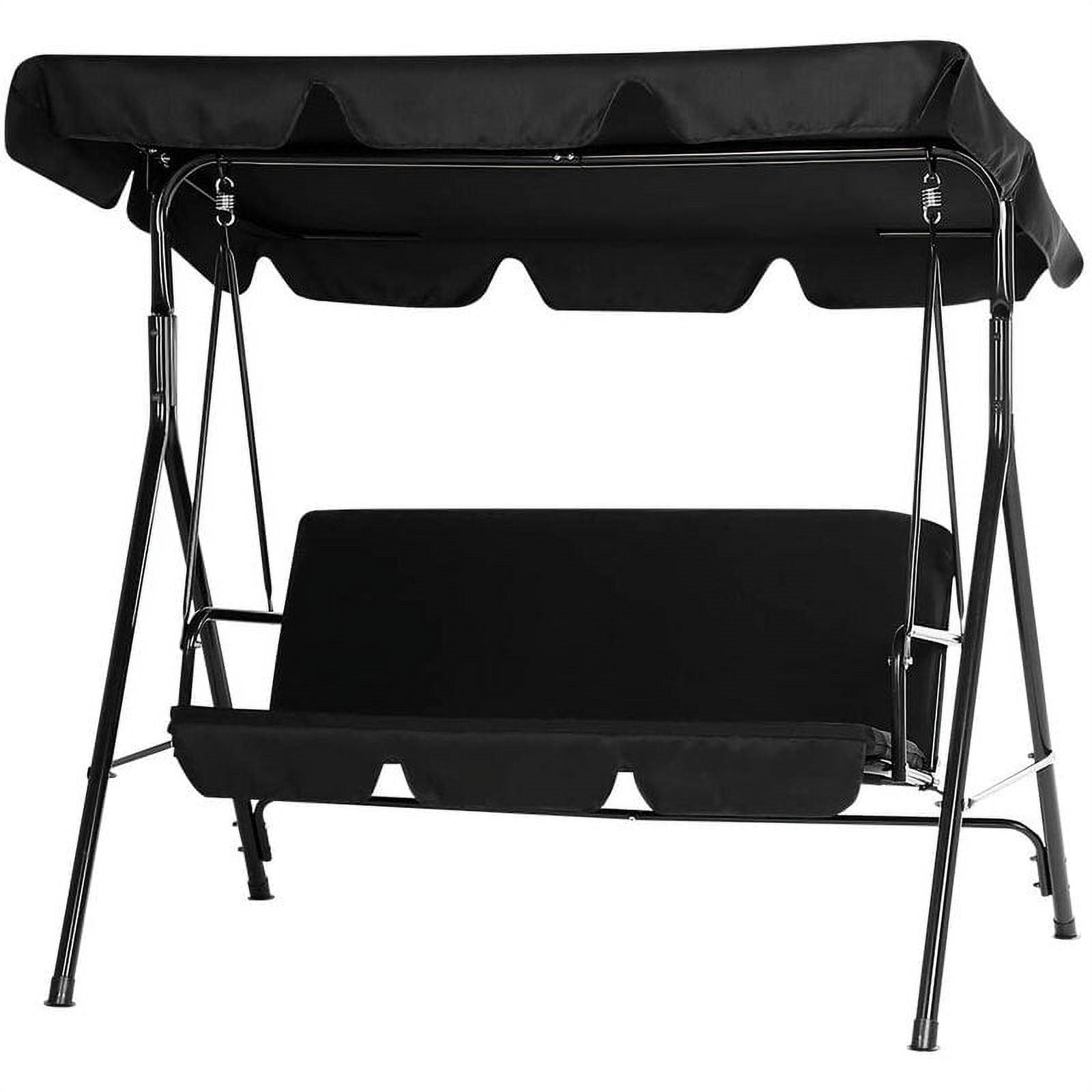A window unit air conditioner is a lifesaver during hot summer months, keeping your room cool and comfortable. But like any appliance, it needs a little care to work its best. If you’ve ever noticed your air conditioner for window blowing weak air or smelling musty, it’s probably time to clean it.
Cleaning a window unit air conditioner isn’t just about fresh air—it’s about keeping it efficient, whether it’s a small window unit air conditioner or a larger 8000 BTU window air conditioner. A dirty AC has to work harder to cool your space, which uses more energy and can even shorten its lifespan.
In this guide, we’ll walk you through why cleaning matters, how often to do it, and step-by-step instructions to get the job done. Even if you’re new to DIY, you’ll find it easy to follow. Let’s start with why keeping your window unit air conditioner clean is so important.
1. Why Cleaning Your Window AC Unit Matters
You might think of your window unit air conditioner as a “set it and forget it” appliance, but dirt and debris can quickly turn it from a cooling hero into a inefficient hassle. Here’s why taking the time to clean air conditioner units is worth it:
It Keeps Cooling Strong
Over time, dust, pet hair, and dirt build up on the AC’s filter and coils. This blocks airflow, so even a powerful 8000 BTU window air conditioner will struggle to push out cold air. A clean filter and coils let air flow freely, meaning your AC cools the room faster and uses less energy. For example, a small window unit air conditioner with a clogged filter might take 30 minutes to cool a room, but after cleaning, it could do it in 20.
Beat the heat without the hassle with the YODOLLA 8100 BTU window air conditioner. It fits standard windows, cools bedrooms or living areas quickly, and stays effective with basic upkeep like filter cleaning. A straightforward solution for hot days.
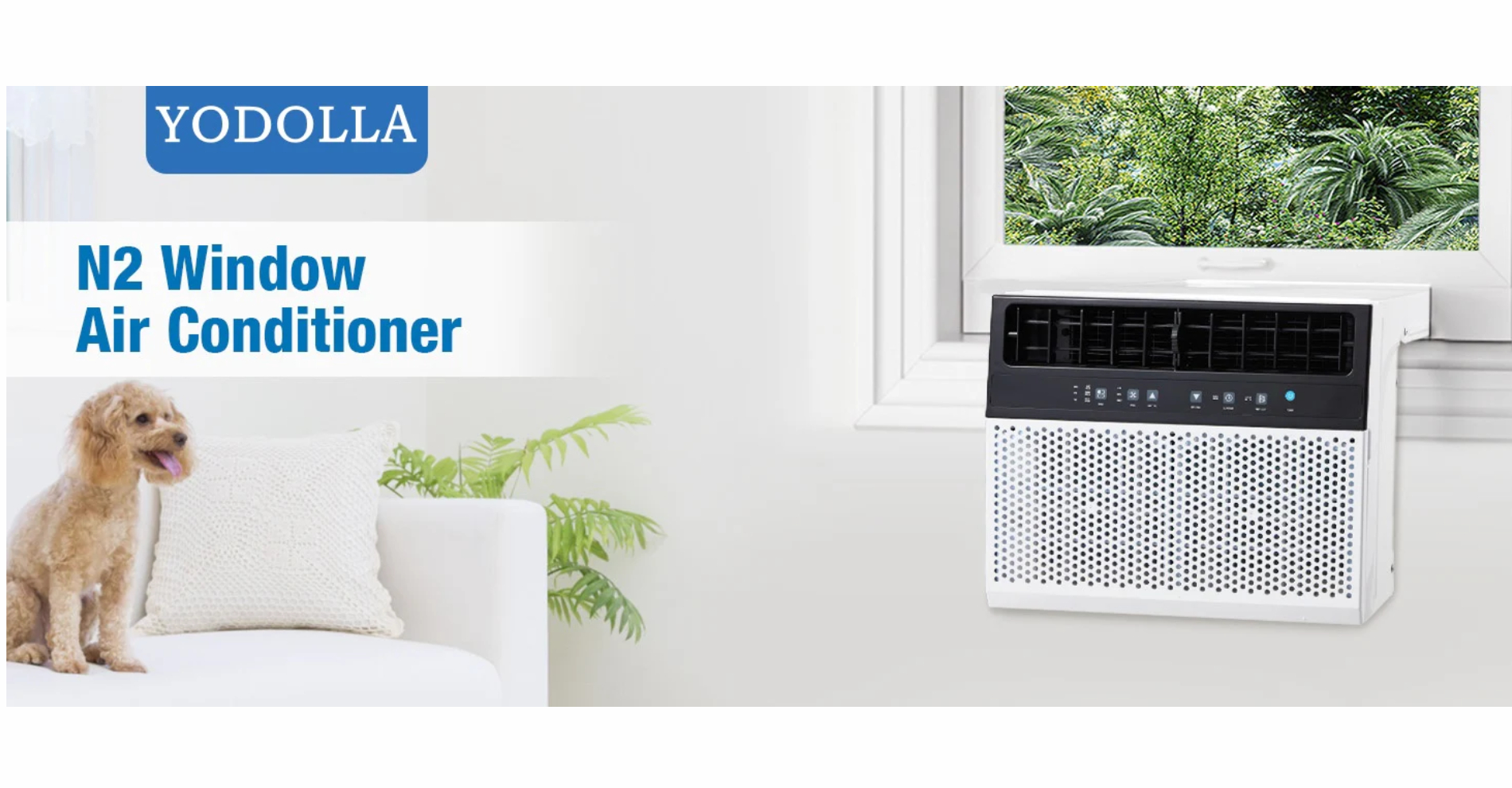
It Boosts Energy Efficiency
When your window unit air conditioner is dirty, it has to run longer to reach your desired temperature. This wastes energy—and raises your bills. Energy efficient window air conditioners are designed to save power, but even they can’t perform well if they’re clogged. Cleaning helps them stay efficient, so you get the full benefit of their energy-saving features.
It Prevents Bad Smells and Mold
Moisture builds up inside window unit air conditioners as they cool, creating the perfect spot for mold and mildew to grow. If you’ve ever turned on your air conditioner for window and noticed a musty or “wet” smell, that’s mold. Not only is it unpleasant, but mold spores can also spread into the air, which isn’t great for anyone with allergies. Regular cleaning dries out these damp spots and removes mold before it grows.
It Extends the Life of Your AC
Dirt and debris can damage parts like the fan and coils over time. A clogged filter lets dirt reach the coils, causing them to corrode or overheat. By cleaning your window unit air conditioner regularly, you reduce wear and tear. A well-maintained AC can last 5–7 years, while a neglected one might need replacement in 3–4.
|
Problem Caused by Dirt |
Solution: Cleaning |
Benefit |
|
Weak airflow |
Clean filter and coils |
Cools room faster |
|
High energy bills |
Remove clogs |
Uses less electricity |
|
Musty smells |
Wipe down interior and dry |
Fresher air |
|
Early breakdowns |
Clear debris from parts |
Longer lifespan |
As you can see, cleaning your window unit air conditioner isn’t just a chore—it’s an easy way to keep it working well, save money, and breathe cleaner air. Now that you know why it matters, let’s talk about how often you need to do it.
Ideal for apartments or small homes, the YODOLLA 8100 BTU window air conditioner cools efficiently without wasting energy. Its simple design makes maintenance a breeze—regular cleaning keeps it running smoothly, so you stay cool all summer.

2. How Often Should You Clean It?
The frequency of cleaning depends on how much you use your window unit air conditioner and your environment. But don’t worry—you won’t need to do it every week. Here’s a simple guide to follow:
For Regular Use (Summer Months)
If you use your window unit air conditioner daily during hot weather, check the filter every 2–3 weeks. A small window unit air conditioner in a bedroom or an 8000 BTU window air conditioner in a living room will collect dust faster with constant use. If the filter looks dirty (covered in dust or pet hair), clean it right away.
Deep clean the entire unit (coils, vents, and exterior) once a month during peak use. This removes built-up grime that the filter misses, keeping airflow strong. For example, if you run your air conditioner for window 8+ hours a day in July, a monthly deep clean will stop mold from growing in the moisture-prone parts.
For Occasional Use (Mild Weather)
If you only use your window unit air conditioner now and then (like on warm spring or fall days), check the filter once a month. You can deep clean the unit every 2–3 months—since it’s not running as much, dirt and moisture build up slower.
For Specific Environments
Dusty areas: If you live near a construction site or a busy road, dust builds up faster. Clean the filter every 1–2 weeks and deep clean every 2–3 weeks.
Homes with pets: Pet hair clogs filters quickly. Even a small window unit air conditioner in a home with a dog or cat needs filter cleaning every 1–2 weeks.
Humid climates: Moisture leads to mold, so deep clean every 3–4 weeks. Pair this with wiping down the interior with a dry cloth to keep it dry.
|
Usage Scenario |
Filter Cleaning |
Deep Cleaning |
|
Daily summer use |
Every 2–3 weeks |
Once a month |
|
Occasional use |
Once a month |
Every 2–3 months |
|
Dusty/pet-friendly homes |
Every 1–2 weeks |
Every 2–3 weeks |
3. Tools and Materials You'll Need
Cleaning a window unit air conditioner doesn’t require fancy equipment—you probably have most of what you need at home. Whether you’re tackling a small window unit air conditioner or a larger 8000 BTU window air conditioner, these basic tools will get the job done.
First, grab a vacuum with a brush attachment. This is key for sucking up dust from the filter, vents, and exterior grilles. The brush attachment is gentle enough to use on delicate parts like the coils, so you won’t scratch or damage them.
You’ll also need soft cloths or sponges. These work for wiping down both the outside (to remove dust and smudges) and the interior surfaces. Avoid rough rags or steel wool—they can scratch the plastic casing or coil fins.
For cleaning solutions, a spray bottle filled with mild soapy water (1 teaspoon of dish soap per cup of water) works for most grime. For mold or mildew (common in humid areas), mix equal parts white vinegar and water in another spray bottle—vinegar naturally kills mold without harsh chemicals.
A bucket is handy too, to hold soapy water or rinse cloths. If you notice bent coil fins (they can get crushed by dirt or accidental bumps), a fin comb (a small, thin tool from hardware stores) will straighten them out—this helps keep airflow strong, which is especially important for energy efficient window air conditioners.
Finally, have some towels on hand to soak up excess water after cleaning. If you live in a humid spot, a small fan can speed up drying (this prevents new mold from growing while the AC is off).
Lay down an old towel under the unit before you start—this catches any dust or water that falls, so you won’t have to clean the floor afterward. With these tools ready, you’re all set to start cleaning.

4. Step-by-Step Cleaning Guide
Cleaning your window unit air conditioner is straightforward—just follow these steps, and you’ll have it running like new in no time. Whether it’s a small window unit air conditioner or an 8000 BTU window air conditioner, the process is similar.
First, turn off and unplug the unit. Never clean a window unit air conditioner while it’s plugged in—this avoids electric shock. If it’s been running, let it sit for 10 minutes to cool down.
Next, remove the filter. Most window unit air conditioners have a filter behind the front grille—just pop off the grille (it usually snaps on) and slide out the filter. If it’s reusable (check the manual—most are), rinse it under warm water to remove dust and debris. If it’s extra dirty, gently scrub with soapy water, then rinse and set it aside to dry. If the filter is torn or too clogged to clean, replace it with a new one (this is easy to find at hardware stores).
Now, clean the exterior and vents. Use the vacuum’s brush attachment to suck up dust from the front grille, top, and sides of the unit. Then wipe the exterior with a damp cloth—if there’s sticky grime, use the soapy water spray. For the vents, run the vacuum brush over them to clear any trapped hair or lint.
Time to tackle the interior coils. With the grille off, you’ll see the metal coils (they look like thin fins). Use the vacuum brush to gently remove dust from the coils—be careful not to bend the fins. If there’s mold or caked-on dirt, spray the coils with the vinegar-water mix, let it sit for 5 minutes, then wipe with a soft cloth. If any fins are bent, gently straighten them with the fin comb (this helps airflow).
Finally, dry everything thoroughly. Use towels to soak up excess water from the coils and interior. If it’s humid, set a fan near the unit for 20 minutes to make sure it’s completely dry—moisture left behind can cause new mold. Once dry, slide the clean filter back in, snap the grille on, and plug the unit in.
Your window unit air conditioner will now blow stronger, cooler air. Even energy efficient window air conditioners perform better after this quick clean—you’ll notice it cools faster and uses less power.
5. Common Mistakes to Avoid
Cleaning a window unit air conditioner is simple, but a few missteps can make the job harder or even damage the unit. Here are the most common mistakes to watch for:
Skipping the filter is a big one. Some people vacuum the vents but forget to clean or replace the filter. A dirty filter traps dust, which then clogs the coils—so even if you clean other parts, the AC won’t work well. Make the filter your first step every time.
Using harsh chemicals is another mistake. Bleach or strong cleaners can corrode the metal coils or damage plastic parts. Stick to mild soap, water, or vinegar—they’re gentle enough for the unit and safe for you.
Bending the coil fins. These thin metal fins are easy to bend with a vacuum or cloth. Bent fins block airflow, so be gentle when cleaning. If you do bend some, fix them right away with a fin comb—don’t wait until next time.
Rushing the drying process. If you put the unit back together while it’s still damp, mold will grow even faster than before. Take the time to dry it thoroughly—use towels and a fan if needed.
Ignoring the exterior. Dust on the outside might not seem like a big deal, but it can block vents over time. A quick wipe with a damp cloth takes 2 minutes and keeps airflow smooth.
Even if you’re cleaning a small window unit air conditioner (which is easier to handle), avoiding these mistakes will keep it in good shape. A little care goes a long way—you’ll avoid extra repairs and keep your air conditioner for window running efficiently.
The YODOLLA 8100 BTU window air conditioner is a smart pick for cooling rooms up to 350 sq ft—its compact size fits most windows, and it’s easy to clean (just rinse the filter) to keep airflow strong. No fancy setup needed, just quick, reliable cooling.

6. When to Replace Instead of Clean
There comes a point when even the most thorough cleaning won’t fix a window unit air conditioner. Knowing when to replace it saves you from wasting time on endless cleanings—and keeps you from sweltering in a broken AC.
If your unit is more than 8–10 years old, it’s probably time to think about a new one. Even well-maintained window unit air conditioners lose efficiency over time. An older 8000 BTU window air conditioner might use 30% more energy than a new model, which adds up on your bills. New energy efficient window air conditioners are designed to use less power, so replacing an old unit can save you money in the long run.
Another sign is frequent breakdowns. If you’re cleaning the filter, fixing bent fins, and still dealing with issues like weak cooling or strange noises, the internal parts (like the compressor) might be failing. At this point, repairs often cost almost as much as a new unit—especially for a small window unit air conditioner, which is affordable to replace.
Mold that keeps coming back is also a red flag. If you clean the coils and interior with vinegar, dry it thoroughly, and mold grows back within a month, it might be deep in the unit’s insulation or wiring. This isn’t just inefficient—it can spread mold spores into your air, which isn’t healthy.
Finally, if your AC can’t keep up with the room anymore, it’s time to upgrade. A small window unit air conditioner might have worked for a 100-square-foot bedroom 5 years ago, but if it now struggles to cool even on mild days, it’s too worn out. A new 8000 BTU window air conditioner (or the right size for your space) will do a better job.
7. Final Maintenance Tips for Long-Term Efficiency
Cleaning is key, but a few extra habits will keep your window unit air conditioner running smoothly all season—and extend its life.
First, check the filter every 2 weeks during heavy use. You don’t need to deep clean it each time—just hold it up to the light. If you can’t see through it, rinse it off. This quick check prevents clogs before they get bad, which is especially important for energy efficient window air conditioners (they rely on good airflow to save energy).
Keep the area around the unit clear. Don’t block the front or back with curtains, furniture, or plants—this restricts airflow, making the AC work harder. For a window unit air conditioner, the back (which vents hot air) needs at least 2–3 feet of space to “breathe.”
Cover it when not in use. In winter, a cover (you can use a waterproof tarp or a dedicated AC cover) keeps dust, leaves, and moisture out. This means less cleaning when you take it out next summer, whether it’s a small window unit air conditioner or a larger model.
Set the temperature wisely. Cranking it to the coldest setting doesn’t cool the room faster—it just makes the AC run longer. Instead, set it to 72–75°F (a comfortable temperature) and let it cycle on and off. This reduces wear and tear, saving energy too.
Finally, give it a “seasonal checkup.” Before summer starts, do a quick clean (even if it was stored) and check for loose parts or bent fins. Catching small issues early (like a wobbly fan) prevents them from turning into big problems later.
With these tips, your window unit air conditioner will stay efficient, cool your space well, and last for years. Whether you have a quiet model, an energy-saving one, or a basic unit, a little regular care goes a long way.















